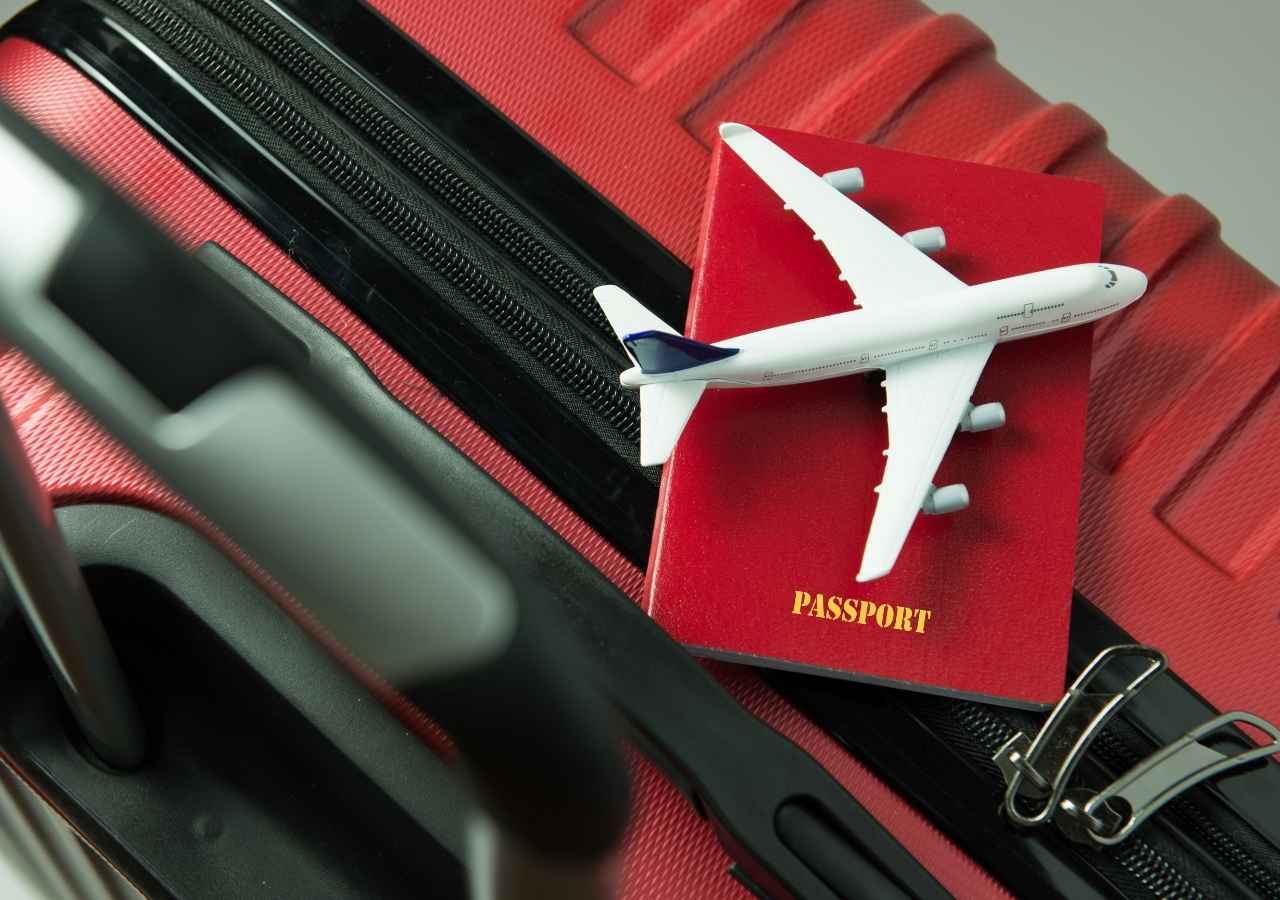People’s views of the environment have altered as a consequence of tourism. The word “global village” has been around for a while, but it was only because of global tourism that people realized what it really meant. The effect of foreign tourism on the global economy has been immense. Many countries would not perceive tourism to be a viable source of income, but now countries participate in the tourism sector in the same way they compete in other resources.
The following is a synopsis of six news stories regarding global tourism’s development and effects. This is quite useful.
The first essay, written by David Nakamura for the Washington Post, catches the true essence of foreign tourism. The news article explores how and why President Barack Obama modified policies to help the country’s tourism industry expand. The visa process would become more effective, making it simpler for people who want to visit the United States to access and experience the sights while also bringing in much-needed revenue for the government.

In the second half of the post, opposition lawmakers (republicans) are not pleased, but they are never against the proposals to increase tourism; rather, they are mocking Obama’s inability to do so. His ambitions are lofty, but he has little foundation on which to create them. Although critique has its position, there is no doubt that global tourism has altered our views of the economy and even international affairs. In 2010, tourism contributed 2.7 percent of GDP and funded 7.5 million workers in the United States (Nakamura, 2012). However, Obama’s message is more important than what he suggests when he claims he needs to speed up the visitor visa process; “We’re all here together to inform the world America is open for business,” he says. 2012 (Nakamura)
The second article discusses the luxuries that draw tourists in and how a scorching desert environment can become one of the world’s most famous tourist destinations. This is a blog entry by James Kanter that was written in the New York Times. The way Kanter addresses the economic effects of “global tourism” is fascinating. According to reports, a cool beach is being constructed in Dubai solely to cater to the filthy rich foreign visitors who want to lie on the sand in the heat, but the sand must be at the right temperature.
Like the underwater beach on the coast of Dubai. The image becomes apparent at first sight. In a single dimension, global tourism has little impact on the economy. It is not a case about how much coconuts a beach vendor offers as a consequence of increased tourist traffic. Tourism has a significant economic impact, but it still has a massive impact on the environment. The business, on the other side, is thriving. By 2030, it is anticipated that 1.6 billion visitors will have traveled the globe (Kanter, 2009).
The third essay provides a fresh viewpoint on global tourism and its effect on historic sites. Charles Starmer Smith wrote the post, which was published in Telegraph. The World Monuments Fund (WMF) is a non-profit organisation devoted to saving the world’s heritage buildings and sites. The majority of antique architectural buildings are very delicate, and when more people enter them, they deteriorate. Furthermore, there is an ever-increasing danger of global warming, as well as drastic shifts in weather and temperatures, which render it impossible for the world’s ancient and vulnerable systems to remain stable. As a result, the structures would not be able to withstand the test of time for too long.
No matter how valuable global tourism is to the economy, the reality remains that a rise in visits to the world’s temples is having a detrimental effect on the institutions. There will be no visitors entering the spot until the buildings are no longer there. Without a question, WMF has put in a lot of effort to raise money to help save the world’s most beautiful historical architectural masterpieces.
The fourth article is about the tourism between two countries specifically, in fact the tourism of one country into another. The article ‘Cuba: American Tourism is Slowly Coming Back’ is published in the Washington Times and is written by Bob Taylor. The article is an interesting account of the history between the two countries and how the tourism industry suffered at the hands of tension between the two countries. For instance, many people believed that US citizens can’t travel to Cuba but the fact is that they can travel there but they can’t spend money there (Taylor, 2012), which almost makes it the same thing. The two countries have had their bitter sweet history (mostly bitter actually) and they have been engaged in wars with each other.
Without going into the politics and the history of the two countries, now as Cuba is becoming a more stable state (Taylor, 2012), it tourism industry is reviving. It would be too farfetched to say that Cuba had returned to its glory days but gradually and surely, it is moving there. Cuba has beautiful beaches and if they market this tourism destination properly and are able to pull the US crowd to their beaches, it will begin a new history between the two countries.
The fifth article is ‘The Not So Magic Kingdom’, published in the Time Magazine, written by Peter Gumbel. When the Disney company decided to open their theme park in Paris 20 years back (Gumbel, 2012), the world laughed at their choice as they chose rainy Paris over Sunny Barcelona and that there is no wine allowed there. The French thought that the project will soon fall apart and Disney will move somewhere else however, the results have been amazing. The world knows Paris for its Eifel Tower but the amazing part is that Paris’s Disney Land gets the same number of visitors each year as much as the Eifel Tower does. Plus in terms of revenue the Disney Land in Paris has generated over 55,000 jobs and the return on French investment is superb; $8.5billion in taxpayers’ money, this translates into $61 billion injected into the French economy (Gumbel, 2012); such is the power of Global Tourism.
Although Disney is facing a tough time in Paris at the moment however it has shown how strong a human attachment is to an object, character, thing or even a place. Disney shows how a monument can be created and how it can pull crowds of thousands upon thousands to visit the place. Disneyland is the proof that a country or any place doesn’t necessarily have to be beautiful with the perfect sunshine and greenery. It only needs sparkle to capture the imagination of the world and it turns into a hot tourist attraction.
The sixth and last article ‘International Tourism Growth Continues, UN Report Reveals’, and is published in Huffington Post. The report is very encouraging in the sense that Global Tourism will keep on increasing in the coming years. Despite concerns about the economy the travel for business or pleasure will keep on increasing, The major arrivals will be from the Asia side, Even the middle East will benefit in terms of tourism; last year its tourism dropped by 5% (Brady , 2013).
The most direct impact of the increase in tourism is on the travel industry. Tourism boosts travel industry. More plane tickets are bought, more services a person can avail in terms of travel plans and arrangements. The growth rate for the year 2013 for tourism will be stable or will move with a modest growth rate. The UN World Tourism Organization has conducted searches on the global tourism situation last year and they are predicting a better future for the international tourism industry.
Having said that, tourism brings in the much needed revenues a country wants. Just looking at Obama’s statement makes it clear how badly a country can need international tourists in its country.
Similarly increasing tourism between the two countries like the US and Cuba can stabilize relationship, this can also be a huge boost to both countries’ economy. The US would like to buy raw material from Cuba and would love to sell it to the world.
So, as discussed in the paper, newspapers and magazines could not resist from publishing something regarding the economic impact of global tourism. It has changed the lives of many for the better. Countries that didn’t even have an economy are now building their financial empires based solely on their tourism industry.
Sources
- Brady, Paul. “International Tourism Growth Continues, UN Report Reveals.” The Huffington Post. TheHuffingtonPost.com, 31 Jan. 2013. Web. 26 Feb. 2013. <http://www.huffingtonpost.com/2013/01/31/global-travel-trends-impr_n_2589673.html>.
- Gumbel, Peter. “The Not So Magic Kingdom.” Time. Time, 5 Nov. 2012. Web. 26 Feb. 2013. <http://www.time.com/time/magazine/article/0,9171,2127790-4,00.html>.
- Kanter, James. “Global Tourism and a Chilled Beach in Dubai.” Green Global Tourism and a Chilled Beach in Dubai Comments. N.p., 2 Jan. 2009. Web. 26 Feb. 2013. <http://green.blogs.nytimes.com/2009/01/02/global-tourism-and-a-chilled-beach-in-dubai/>.
- Nakamura, David. “Obama Announces Plan to Boost International Tourism to U.S.”Washington Post. The Washington Post, 19 Jan. 2012. Web. 26 Feb. 2013. <http://www.washingtonpost.com/blogs/44/post/obama-announces-plan-to-boost-international-tourism-to-us/2012/01/19/gIQAQjneAQ_blog.html>.
- Smith, Charles S. “Global Warming Joins Tourism as Biggest Threat to Historic Sites.”Telegraph. N.p., 9 June 2007. Web. <http://www.telegraph.co.uk/travel/artsandculture/737446/Global-warming-joins-tourism-as-biggest-threat-to-historic-sites.html>.
- Taylor, Bob. “Cuba: American Tourism Is Slowly Making a Comeback.” Washington Times Communities. N.p., 19 Mar. 2012. Web. 26 Feb. 2013. <http://communities.washingtontimes.com/neighborhood/travels-peabod/2012/mar/19/cuba-american-tourism-slowly-making-comeback/>.



